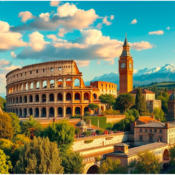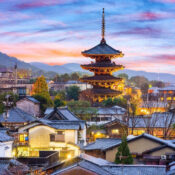14 Best Amazing Places to Explore in Agra
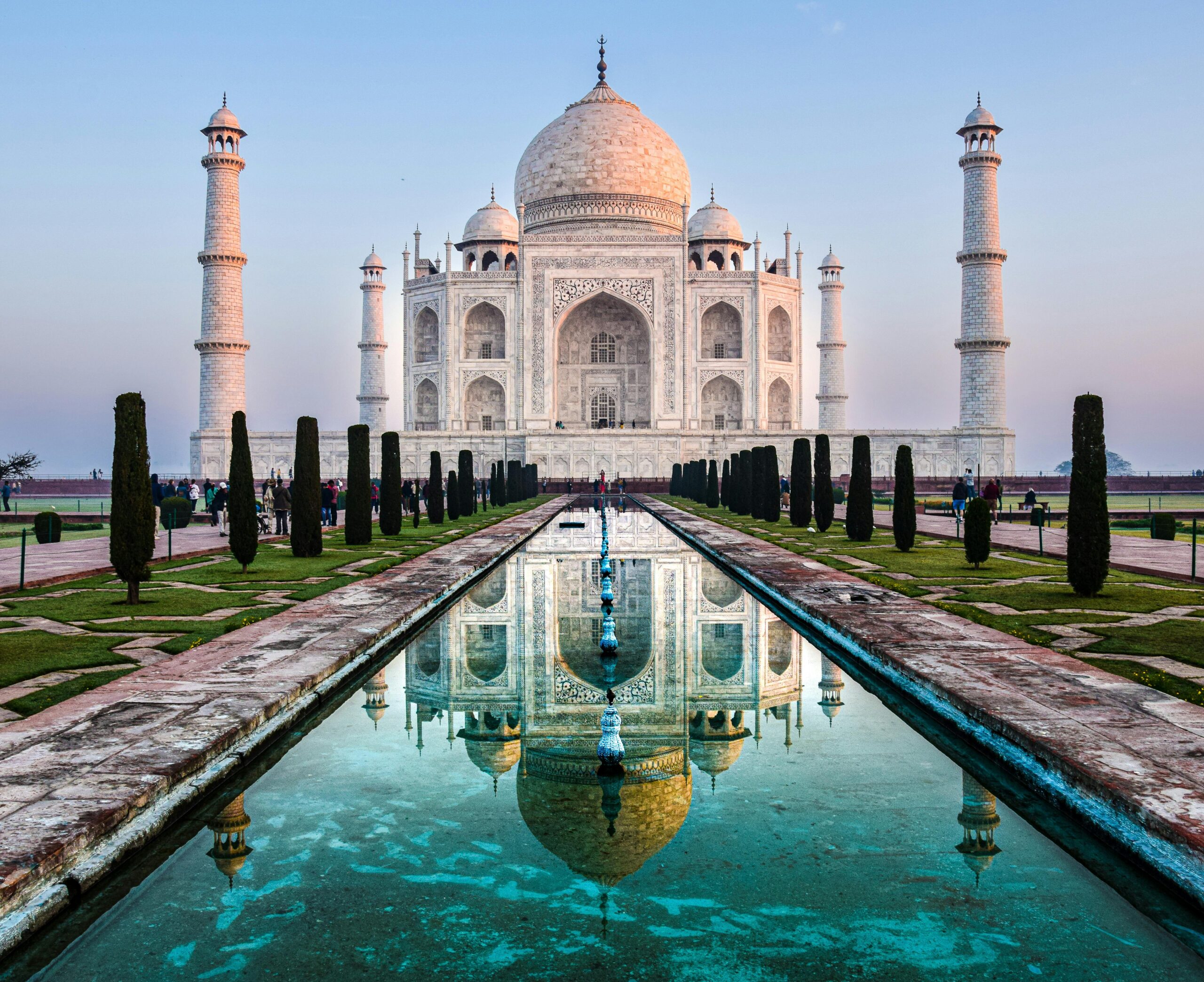
14 Best Amazing Places to Explore in Agra
An iconic landmark of India, the Taj Mahal welcomes millions of tourists to the city of Agra each year as one of the world’s most popular tourist destinations. This magnificent site is just as amazing as you could have dreamed. You might think about staying a little while longer, even though most visitors may be ready to get away from aggressive touts and tiresome crowds as soon as they’ve left the Taj Mahal.
There are so many beautiful sites to see , the Taj Mahal being only one. You should see the historically significant Fort, the breathtakingly gorgeous Tomb of Itimad-ud-Daulah, one of India’s largest mosques at Fatehpur Sikri, and Mehtab Bagh, a tranquil area beneath the Taj.
Attention all animal lovers: it home to two kind wildlife programs (the Elephant Conservation and Care Center and the Bear Rescue Facility) that request visitors to learn about some of India’s most cherished animals.
Refrain from letting other travelers persuade you that Agra just has the Taj Mahal to view. Using this list of the best attractions in Agra, you can organize your vacation to this popular heritage site.
14 Best Places To Visit in Agra:
Below are the places to visit:
1. Taj Mahal:
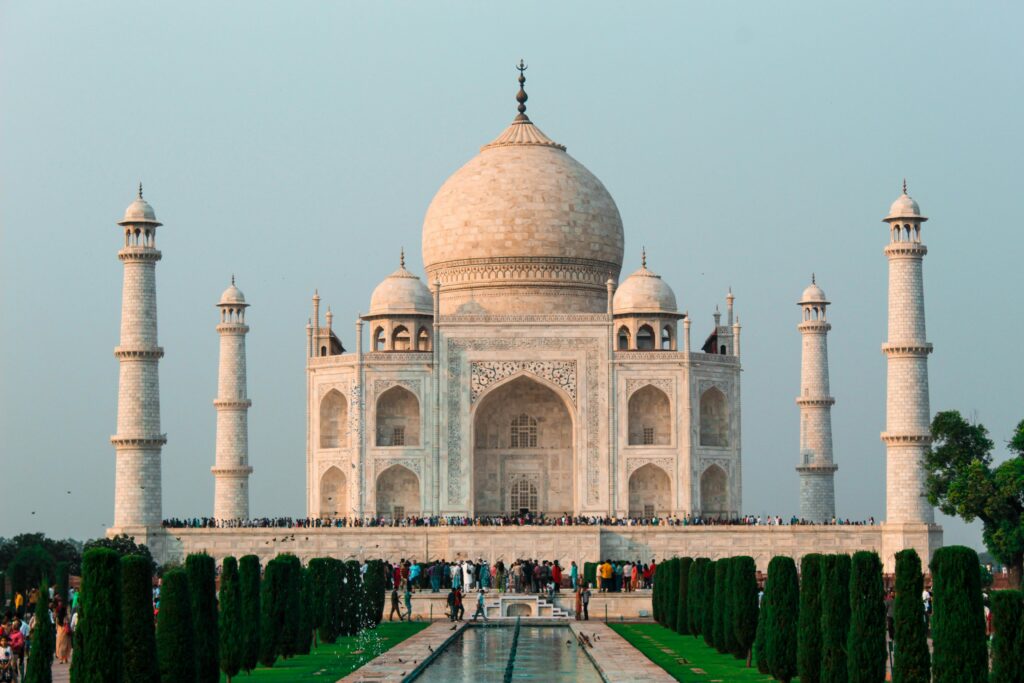
It has appeared in social media posts, postcards, and history books. Now that you’ve arrived in India, though, you can see this long-desired location.
The amazing building was built in the seventeenth century. After his beloved Mumtaz Mahal died in childbirth, the Mughal emperor Shah Jahan was devastated and chose to honor her with a white tomb. It took almost 20 years to finish the construction, and about 20,000 workers needed.
The Taj Mahal is always worth seeing, but it’s best to arrive early because it seems to glow at dawn. Both the east and west gates allow visitors to access the UNESCO World Heritage Site. Explore the gorgeous gardens once you’re inside; they have serene water features that mirror the Taj. After that, enter the Taj itself and take in its exquisite white marble with intricate flower carvings and semiprecious stone inlays, as well as its flawless symmetry.
The Jawab, a structure designed to reflect the mosque and maintain symmetry on the eastern side of the main structure, and the Kau Ban Mosque, located west of the Taj Mahal, are two other sites to view inside the complex.
Tip: Save your Taj Mahal ticket. It may use to get discounts on same day access toother neighboring Indian landmarks, such as Fatehpur Sikri and Itimad-ud-daulah’s Tomb.
2. Agra Fort:
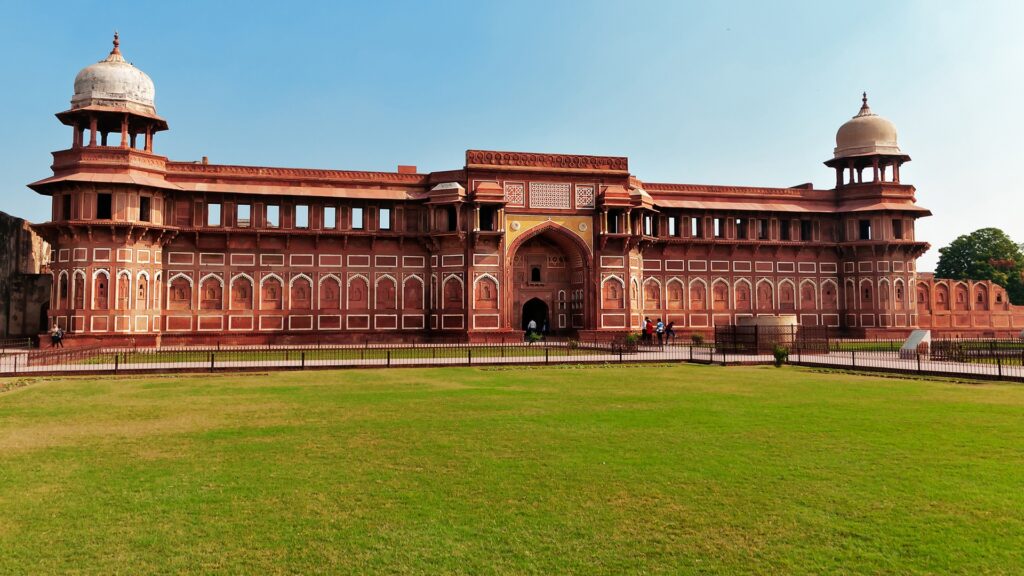
In addition to the Taj Mahal,it is home to Fort, a red sandstone castle that dates back centuries and served as the imperial capital for several Mughal emperors.
Here, taking in the sights is akin to exploring a city inside a city. The most remarkable structure in Fort is Jahangir Mahal, a vast palace that combines Central Asian architectural elements, including the characteristic pointed arches, with beautiful Hindu-inspired embellishments, such overhanging enclosed balconies. The opulent center court, where royal women previously spent their days, is visible to travelers inside.
Many other noteworthy structures are also accessible to the public, including Diwan-i-Khas (a gathering hall with two black and white marble thrones), Khas Mahal (a palace with white marble and red sandstone pavilions), Anguri Bagh (a courtyard with gardens surrounding water channels outlined like jigsaw pieces), and Musamman Burj (an octagonal tower with intricate marble inlay work).
Fort should take up at least a couple hours on your agenda because there is so much to see there. Enjoy a delightful afternoon visit here following a morning seeing the Taj Mahal.
3. Itimad-ud-Daulah’s Tomb:
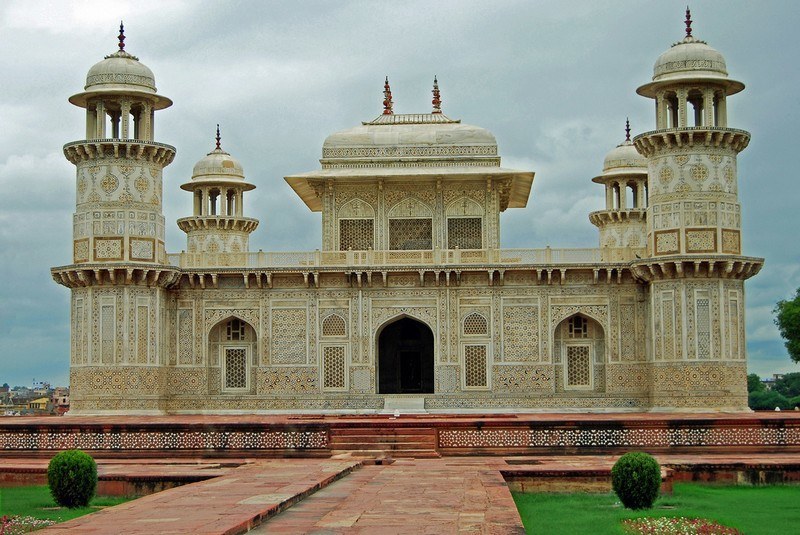
Located on the Yamuna River’s banks is Itimad-ud-Daulah’s Tomb, another magnificent landmark. The bones of Mirza Ghiyas Beg, a Persian officer who worked for the Mughal empire, and his spouse are housed in the mausoleum.
This jewelry box-like tomb is said to have served as the model for the Taj Mahal, which is why it was dubbed “Baby Taj.” Each corner of the red sandstone and marble edifice has a 13-meter-tall hexagonal tower.
The most remarkable feature of this attraction, however, is that it was the first building to employ pietra dura, the well-known Indian inlay method that fashions marble into beautiful floral patterns using semiprecious stones. From floor to ceiling, the beautiful structure features stunning geometric patterns, images of vases and cups, and delicate flower bouquets that are evocative of those found on the Taj Mahal.
Itimad-ud-Daulah’s Tomb is one of the most beautiful sites, but despite its magnificence, it receives significantly fewer tourists than other site. so you may enjoy the beautiful features without the throng.
4. Mehtab Bagh,Agra:
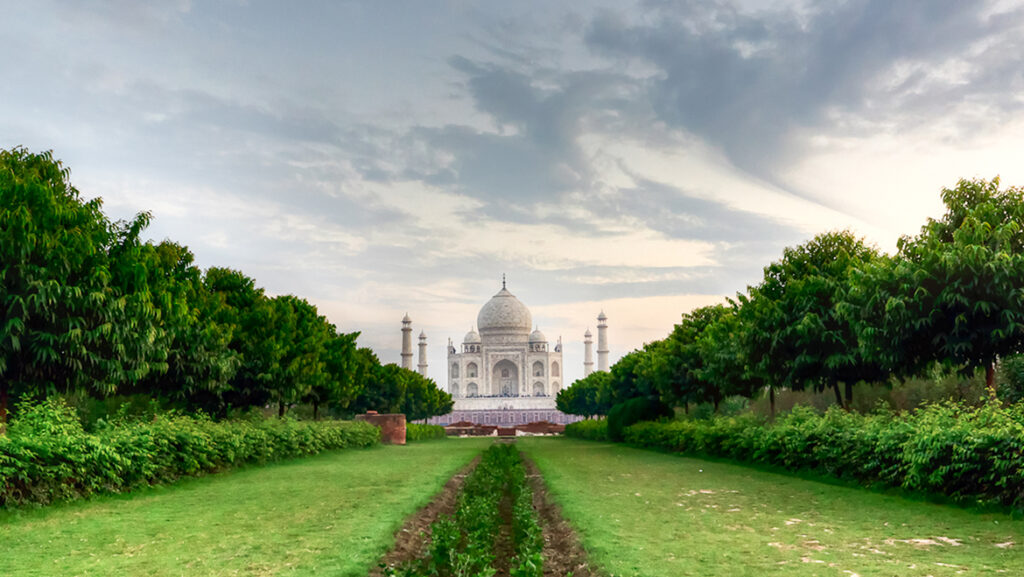
The Taj Mahal at Mehtab Bagh (Moonlight Garden), a square garden complex with 300 meters on each side, almost looks to stretch across the Yamuna River. Out of the almost a dozen Mughal-built gardens in the vicinity, this is the only park that has survived.
The park has some lovely blooming trees and plants now. which is a huge improvement from when it merely a sand dune in the middle of the 1990s. Mehtab Bagh being restored by the Archeological Survey of India, which has already begun planting flora from the Mughal era to help the place regain its former splendor.
It’s one of the greatest spots to see (or take a photo of) the magnificent building because the scenery blends in seamlessly with the Taj’s gardens, especially after dusk. You can purchase trinkets related to the Taj Mahal and other souvenirs from local vendors outside the complex’s gates.
5. Subhash Emporium:
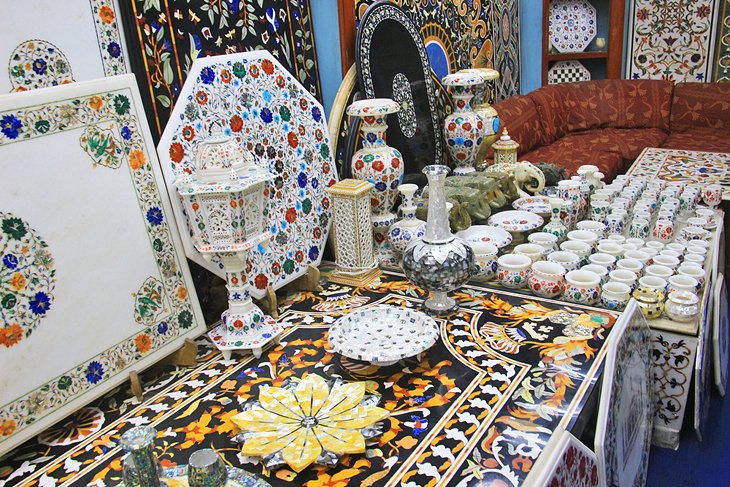
Any visitor a will fall in love with the elegant sights surrounding marble inlay. Visit Subhash Emporium if you can’t wait to bring some of this artistry home with you. The store has known for decades as the best location to purchase stone handicrafts.
Loads of travel-friendly marble inlay souvenirs, including candle holders, miniature boxes, floral coaster sets, and animal statuettes, are available inside. Larger goods that can be shipped straight to your home include lamps, tabletops, and carved marble trays.
Subhash Emporium is one of the best things to do and even if you’re not into shopping, you should still stop by to watch their fascinating demonstrations. The skilled artisans at this place will demonstrate the exact technique of inlaying tiny, polished stone fragments into firm marble, which may help to justify the items’ exorbitant costs.
6. Akbar Mausoleum:
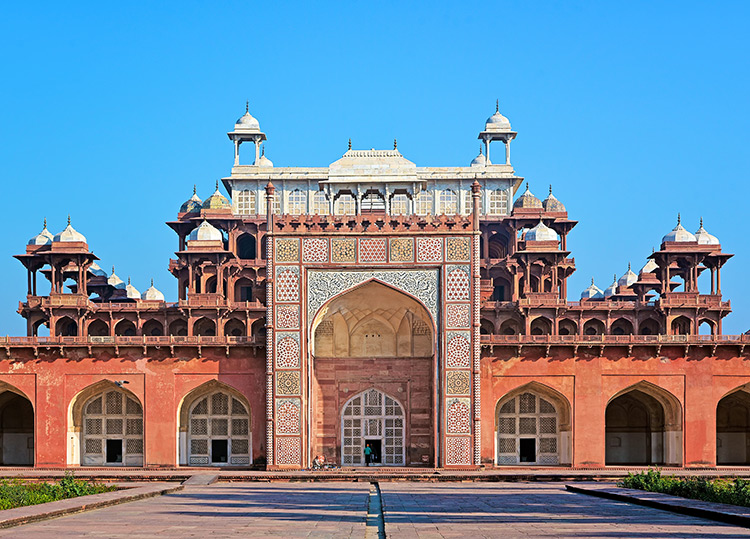
Emperor Akbar the Great tripled the territory of the Mughal empire, including much of the northern half of the Indian subcontinent, during his nearly 50 years in power. His remains, along with those of two of his daughters, are located at Akbar’s Mausoleum, which currently one of the most visited tourist destinations.
Within the complex is a magnificent mausoleum made of sandstone and marble with an eye-catching multicolored marble inlay. Surrounding the building are Mughal gardens that support antelope, peacocks, deer, and monkeys.
Take out your compass at this location if you happen to be traveling with one. As you can see, the tomb faces east, in opposition to almost every other Mughal tomb, which faces Mecca.
7. Fatehpur Sikri:
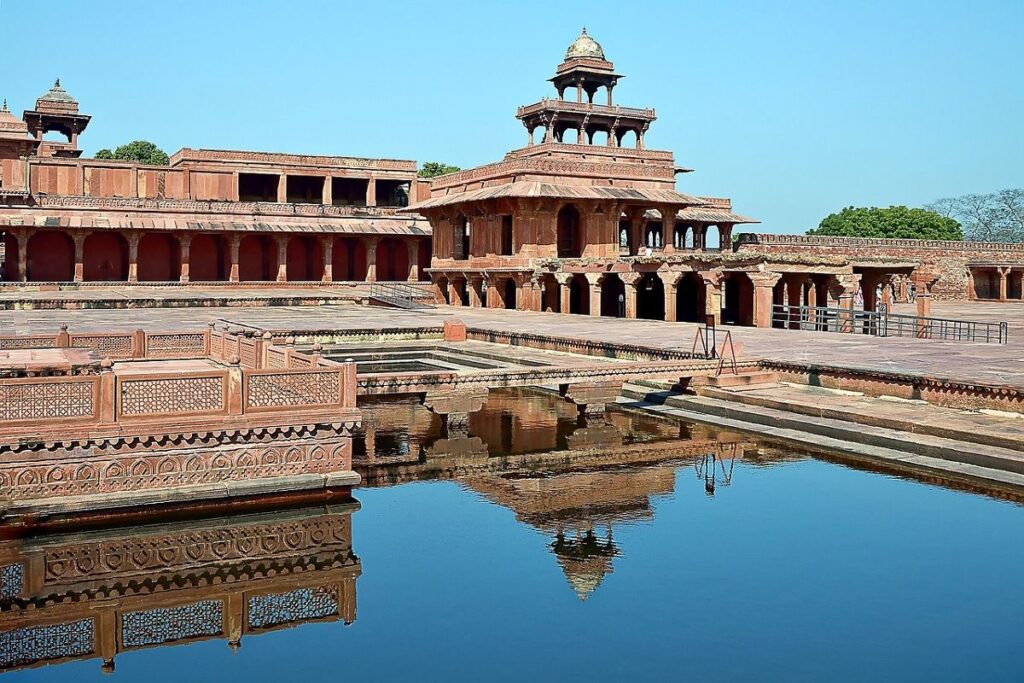
Fatehpur Sikri is a worthwhile day trip , just an hour’s drive from the Taj Mahal. Approximately 500 years ago, the city was the capital of the Mughal Empire. Akbar constructed it as a tribute to the renowned Sufi saint, Shaikh Salim Chishti, who correctly prophesied the birth of an heir. Soon after the city was established, its inhabitants fled because the water supply was insufficient.
Today, tourists can visit the remarkably intact remnants of this abandoned red sandstone town, which is still encircled by a wall of defense. See the Jama Masjid, a mosque and one of the city’s first completed structures. Explore the three palaces that were constructed for each of Akbar’s wives after that. They acknowledge the women’s unique spiritualities by fusing a range of architectural forms inspired by religion.
At last, deviate from the traditional route and walk to Hiran Minar, a round tower topped with stone elephant tusks and spikes, from which Akbar is said to have admired the surrounding fauna.
Visit the Archaeological Museum, which is next to the Diwan-i-Am main entrance, to learn more about this amazing monument. Treasures from the Mughal era and beyond can be found in its four galleries, which include terracotta lamps, jewelry molds, miniature human heads carved in stone, grey ware pot shreds, and much more.
8. Agra Bear Rescue Facility:

India has an interesting relationship with animals because of its respect for cows and its temples devoted to animals. However, not all customs have been considerate of animals with four legs. Take dancing sloth bears, for example.
The Kalandar group in India has been poaching sloth bear cubs for thousands of years. They have forced the bears to conduct excruciating “performances” for a paying audience by putting a coarse rope and a red-hot poker through their muzzles. In 1972. India outlawed the inhumane practice. Nevertheless, the abuse persisted, forcing animal rights advocates like Wildlife SOS to intervene on behalf of the harmed bears.
At the Bear Rescue Facility, almost 130 of these rescued dancing bears may be seen playing, exploring, and scaling trees. A tour led by an expert who may provide insight into India’s disappearing wildlife and conservation initiatives is included in visits to the institution. It’s enlightening, and all earnings support initiatives for recovery.
9. Elephant Conservation:
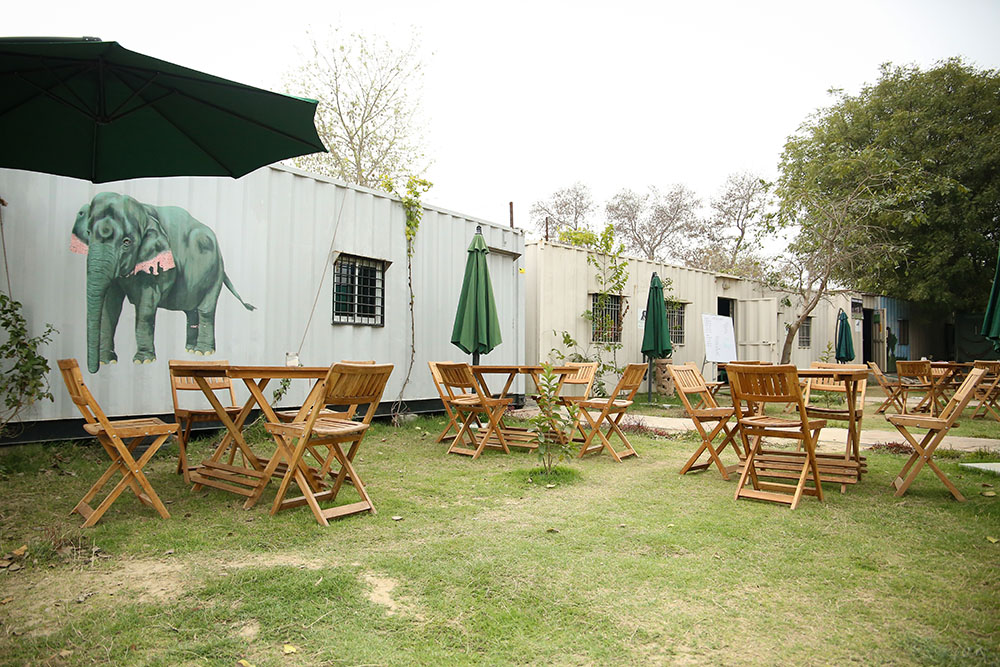
Wildlife SOS is an animal protection group that cares for abused elephants at a sanctuary located just 30 kilometers outside in addition to sloth bears. During guided tours of the institution, you can witness over twenty rescued elephants that compelled to labor under difficult circumstances. Some fortunate visitors could even be asked to assist in preparing the tusked beasts’ lunch.
Although there will undoubtedly be more chances for you to engage with elephants. during your vacation to India, going to the Elephant Conservation and Care Center. It is by far the most morally responsible (and rewarding) method to get up close and personal with these unique animals.
10. Agra Old City:

Take a heritage walking tour of the Old City to get a real glimpse into the lives of modern citizens. While touring the district, travelers learn about street food, history, architecture, and culture throughout the three-hour trip.
See how people their daily lives, discover the finest places to see the Taj Mahal. and visit the vibrant wholesale spice market for a burst of color and fragrance. Come hungry, as the tour guide will also take you to the oldest confectionery to indulge in some sweets.
11. Gurudwara Guru Ka Tal:
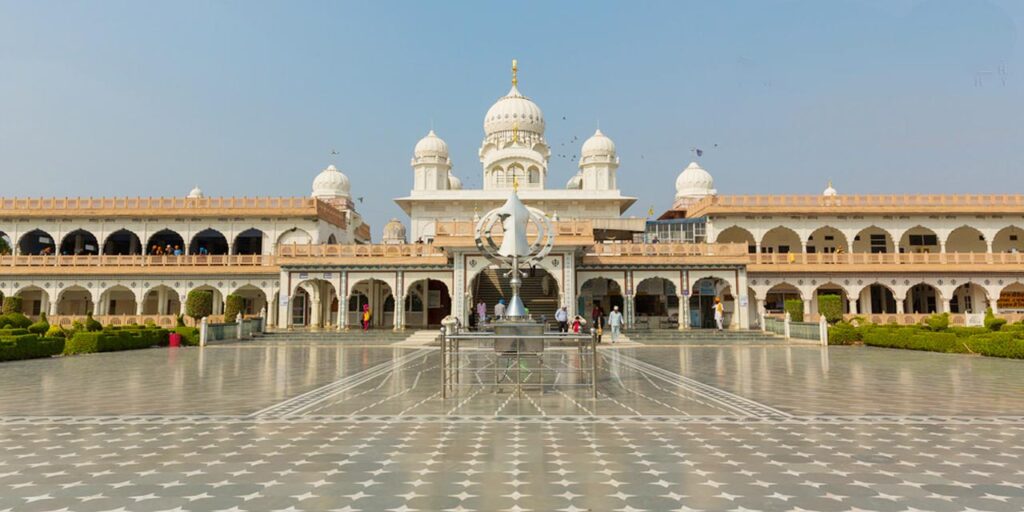
Although the Mughals brought Islam to this portion of India. there is also a devoted Sikh community in the area surrounding. A lot of people travel to the spiritual hub of Gurudwara Guru ka Tal, which is close.
Constructed in the 17th century, this serene location now hosts eight of the original twelve towers that travelers can view. Free food is also available for tourists from the communal kitchen. which is ideal for filling up before returning to the city.
12. Kalakriti Cultural:
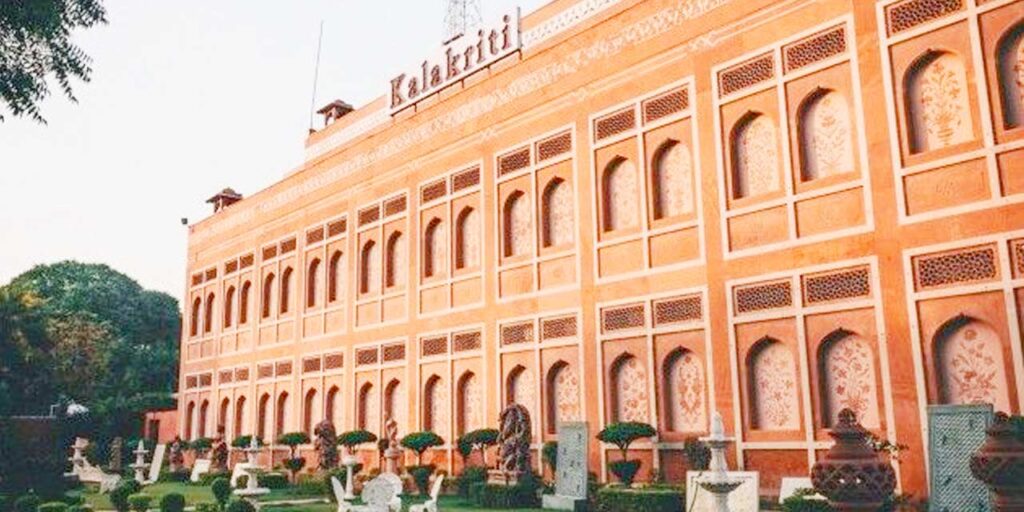
The purpose of the Kalakriti Cultural & Convention Center is to increase visitors’ understanding of Indian art and culture. It presents a theatrical musical called “Mohabbat-the-Taj: The Saga of Love,” which brings the famous love story of the Taj Mahal to life, every evening at 6:30 p.m. Throughout the hour-long performance, expect dancing and singing with Bollywood influences. After that, visit the center’s handicrafts gallery to browse for unique souvenirs and other items with exquisite marble inlay designs.
13. Jama Masjid:
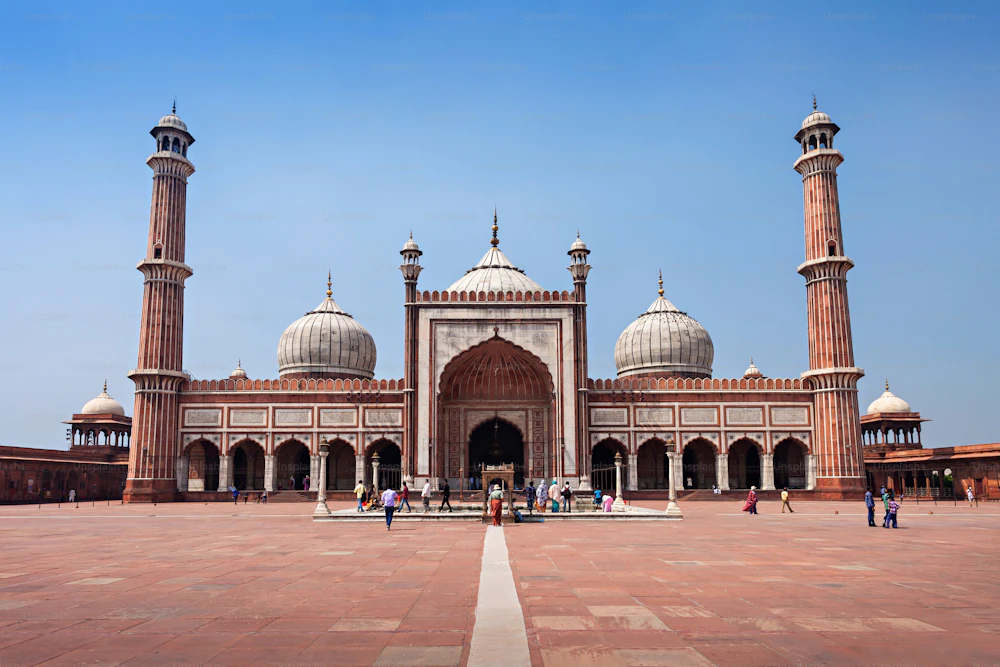
Located directly across from the Fort in the ancient center this mosque is one of the biggest in India. The Mughal Emperor Shah Jahan had the Jama Masjid. which is still the main mosque in the city, constructed in the seventeenth century. Perched on a platform, the stunning red sandstone structure boasts remarkable white marble inlay and walls and ceilings painted blue. Visitors can observe exquisite inlaid panels resembling those at the Taj Mahal all over the interior.
The Jama Masjid mostly deserted outside of Friday’s prayer ceremony, which attracts large crowds. When visiting this hallowed location, guests urged by the mosque to keep silent.
14. Chini Ka Rauza:
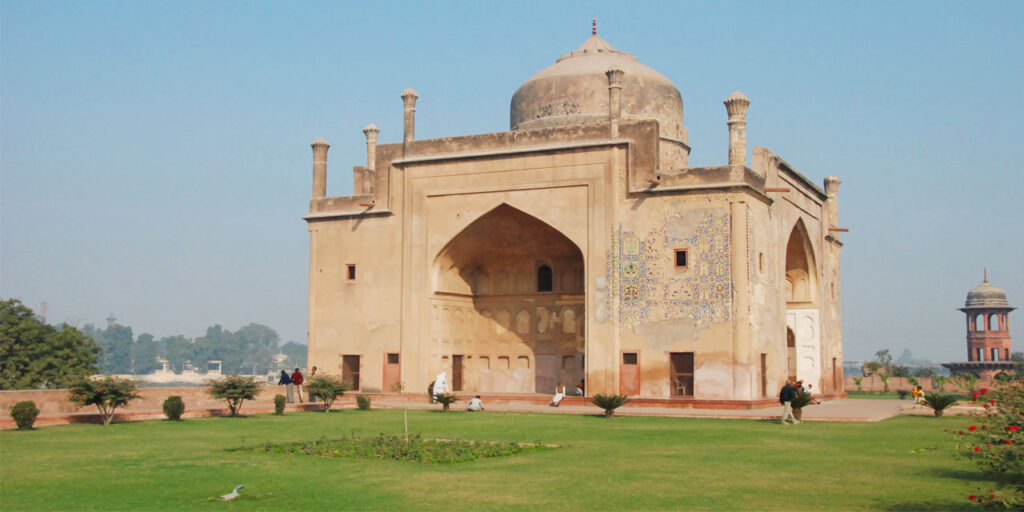
Following your visit to Itimad-ud-Daulah’s grave, go one kilometer north to Chini ka Rauza, a funerary monument that contains the grave of Afzal Khan Shirazi, the Mughal Emperor Shah Jahan’s prime minister.
The Indo-Persian building is notable for being the first monument to showcase chini. a distinctive ornamentation constructed from turquoise, yellow, green, and orange glazed tiles. even though it is not nearly as well preserved as other attractions. As the building’s name implies, every tile inside imported from China, which a remarkable accomplishment in the 17th century when this monument built. Enter Chini ka Rauza and behold a plethora of intricate artwork and Arabic inscriptions.
You can witness the remnants of Sultan Parwiz’s tomb, the brother of Shah Jahan, ten minutes’ walk south after visiting the Chini ka Rauza.
For more information, click here.
Visit our official website Travel India Info, to plan your upcoming trip or mail us at info@travelindiainfo.com. We are happy to assist you. Happy Travelling!!
Recent Posts
Europe Travel Guide: Best Places to Visit & Explore
15 Best Amazing Places to Explore in Scotland
9 Best Amazing Day Trip To Explore from Kyoto


